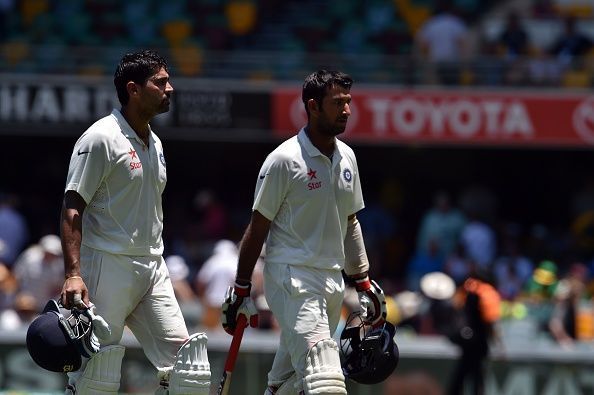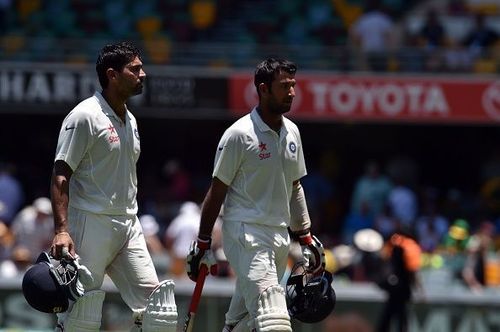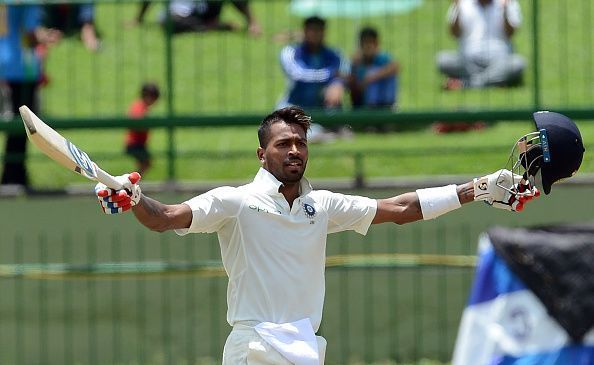
Indian Cricket- A tale of two teams
Any twenty-something cricket fan will tell you how the fab-four of Indian cricket have dazzled oppositions irrespective of the formats they have played in. Sachin's straight drive and Rahul Dravid's defence saw both the white and red ball dance to their tunes. Fast forward a few years and specialisation has become the buzz word; sports and cricket in particular now form a part of that bandwagon. There is a marked difference between the test side and the limited over side that India wields. One of the reasons for this is perhaps India's apprehension with T20 as a format during its infant stages as a result of which a rather young squad was sanctioned to the premier event in 2007 without the stalwarts. With that T20 world cup victory, India was convinced that specialist squads are perhaps the way forward. Another reason behind this might be the emergence of IPL and T20 cricket leading to an abundance of talent in shorter formats. As the Men in Blue scale mountains, we seek to understand the dynamics behind the success enjoyed by the team and how a format specific approach has paved great dividends to the side.
It is no secret that India has definite strategies that are distinct from each other across formats. Let us try and decode how this has helped India be the best in the business.
I. Investing in Potential

Perhaps the boldest move made by the Indian think tank in recent times has to be relegating the mighty Ashwin and mercurial Jadeja to red ball cricket. Their larger shoes were filled by the then relatively smaller Kuldeep Yadav and Yuzvendra Chahal which in hindsight turned out to be a great move. The likes of Murali Vijay, Cheteshwar Pujara and Wriddhiman Saha who are now test specialists in letter and spirit are a great bonus. One need not look far from the selection process and call ups to understand this. The likes of Vijay Shankar, Karun Nair, Jayant Yadav and Rajneesh Gurbani in the India A set-up go on to show that the scouts have eyes beyond the dazzle of IPL and white ball cricket. Furthermore, Indian selectors seem to have ditched the “climbing up the ladder” system wherein traditionally a player proves himself in ODI’s before being drafted into the test side. Karun Nair and Jayant Yadav have featured only in two and one ODI respectively, while Vijay Shankar and most recently Rishabh Pant received call ups to the test side without playing a single ODI.
II. Characters in a Script

The biggest bonus of outright distinction between test and white ball cricket is the clearly established roles in the side. Take for instance Hardik Pandya, who plays a critical role in plugging gaps and closing out games with a pedestrian average of 29.9 but a strike rate of 115 in ODI while in Indian colours but come Pandya in whites and he plays the utility player batting with the lower order and prolonging the innings with an average of 36.8 in addition to supporting the four bowler amalgam as the fifth bowler. The biggest distinction in roles though has to be Ajinkya Rahane, who hardly features in the playing XI during limited overs set-up (his last T20I appearance was way back in 2016) but is the vice captain of the test side and a capable middle order batsman.
III. The "Knighting" by BCCI

Analysing the contracts awarded by BCCI further shed light on this evolution. All the players who are in Grade 'A+' play all the three formats currently except limited overs opener Rohit Sharma ,however he was a part of the test squad as well when the contracts were awarded. Furthermore, all the players in Grade 'A' are format specific specialists such as MS Dhoni (ODI and T20) and Ravindra Jedeja (test cricket). Undoubtedly, it sends an ambiguous message to the players. Match winners and series champions such as Ravi Ashwin and Cheteswar Pujara miss out on the apex grade allocated which may not be in best interests as they pretty much carry the test side. BCCI may perhaps take a leaf of the chapters written by ECB with respect to contracts awarded to players. Separate contracts are awarded to test players such as Alastair Cook and limited overs players such as Eoin Morgan while players like Joe Root figure on both lists. This will help players breed specialisation and hone skills without the pressure of taking up unfamiliar formats merely for the sake of better contracts.
However, it is important to understand that fostering players with specialist skill sets can backfire if there are no backups or bench strength. Take for instance Wridhiman Saha for India; in his absence India struggles to find a replacement who is as good as him donning the gloves and handy with the best. Same is the case with Ravindra Jedeja or Ravi Ashwin; if they are unavailable for play, Chahal and Kuldeep being capable of stepping up or India having enough reserve test specialist bowlers will be a decisive factor.
But all that is for another day, for today India enjoys the benefits of having designated specialist squads filled with players who are fully aware of their strengths and are thus playing to those strengths. Extended home season followed by world cup centric touring will further bring out the best in the two teams that currently make up Indian cricket.